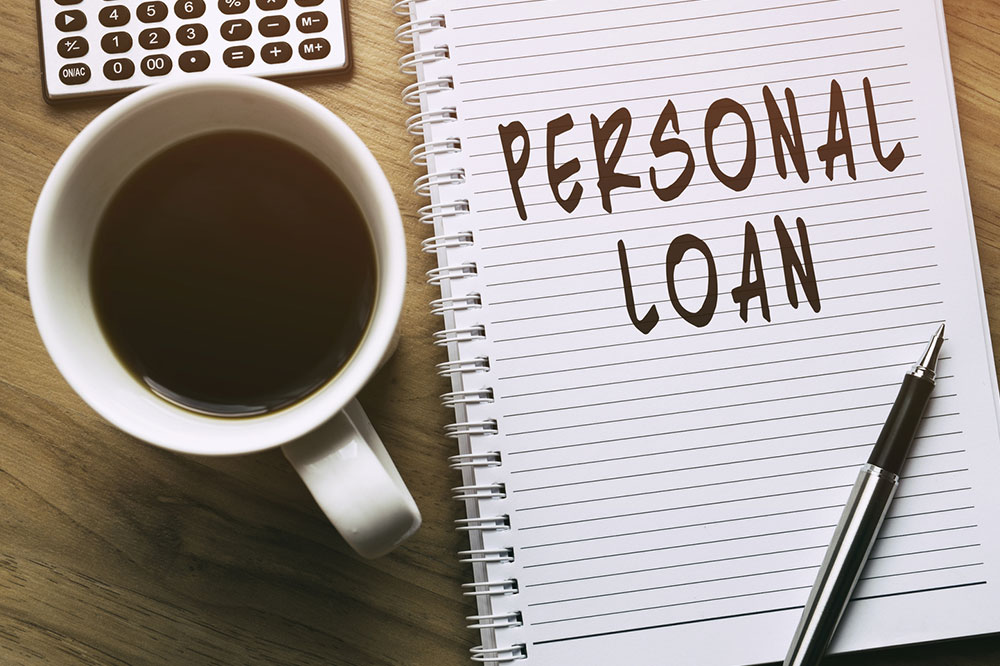
Important facts to be aware of about personal loans
Personal loans are a form of credit that can provide you money to cover any unexpected expenses. It is considered an excellent alternative to using a credit card which generally comes with a higher interest rate. Personal loans are loans based on your income and credit history. It is the amount of money that a person can borrow to use for his expenses or various other purposes. Personal loans cover a wide bracket of personal expenses, for instance, planning for a wedding, paying for home renovation, etc. Most personal loans are often referred to as unsecured loans as they generally do not have any collateral. Still, there are also secured personal loans and loans with a variable interest rate. The different kinds of personal loans are.
Unsecured personal loans
These are the most common personal loans and have a higher interest rate or annual percentage rate as no collateral backs them. The annual percentage rate or APR is the total cost of borrowing, including the interest rate and any other fees. These kinds of loans are made available to customers based on their credit scores, and the interest rate can vary from 5% to 35%, with terms ranging from one to seven years.
Secured personal loans
On the other hand, these loans are backed by collaterals which can be captured by the lender in case the customer defaults on the payments. Some of the examples of collaterals in the case of secured personal loans are cars and houses. The rates in the case of secured loans are comparatively lesser as they are less risky for the lender.
Co-signed loans
A co-signed personal loan can be an unsecured or a secured loan but with more than one party guaranteeing the payment. These loans are given to customers who don’t have a good credit history; hence the lender asks for a consigner liable to pay the loan if the customer defaults on the payments. The co-signer is a form of insurance for the lender.
Fixed-rate loans
Personal loans that carry a fixed rate of interest for the complete life span of the loan are called fixed-rate loans. Most of the personal loans are fixed-rate loans. The payments often referred to as an installment stay the same for the life span of the loan. These are useful when the borrower wants to make consistent payments and is concerned about rising interest rates, especially in the case of long-term loans.
Variable-rate loans
Personal loans that carry a fluctuating rate of interest are called variable-rate loans. The interest rates on these kinds of loans are often tied to the benchmark rates that banks set. The monthly payments and the total interest charged by the bank, which is directly proportional to the rate of interest, can rise or fall depending on the benchmark rates. APRs are generally lower on variable-rate loans, and these loans are beneficial when the loan carries a short repayment term.
Debt-consolidation loans
A debt-consolidation loan combines multiple debts into a single personal loan with a single monthly payment. These loans are taken when you want to save up on the consolidated interest that you are paying for the multiple debts. The loan should carry a lower APR when compared to the earlier consolidated debts. In many cases, borrowers can use debt-consolidation loans to pay off credit cards, medical bills, other personal loans.
Each of the above types of personal loans come with their pros and cons, and hence there is no best type of personal loan. A borrower has to look at his financial situation and decide which type of personal loan suits them best.




